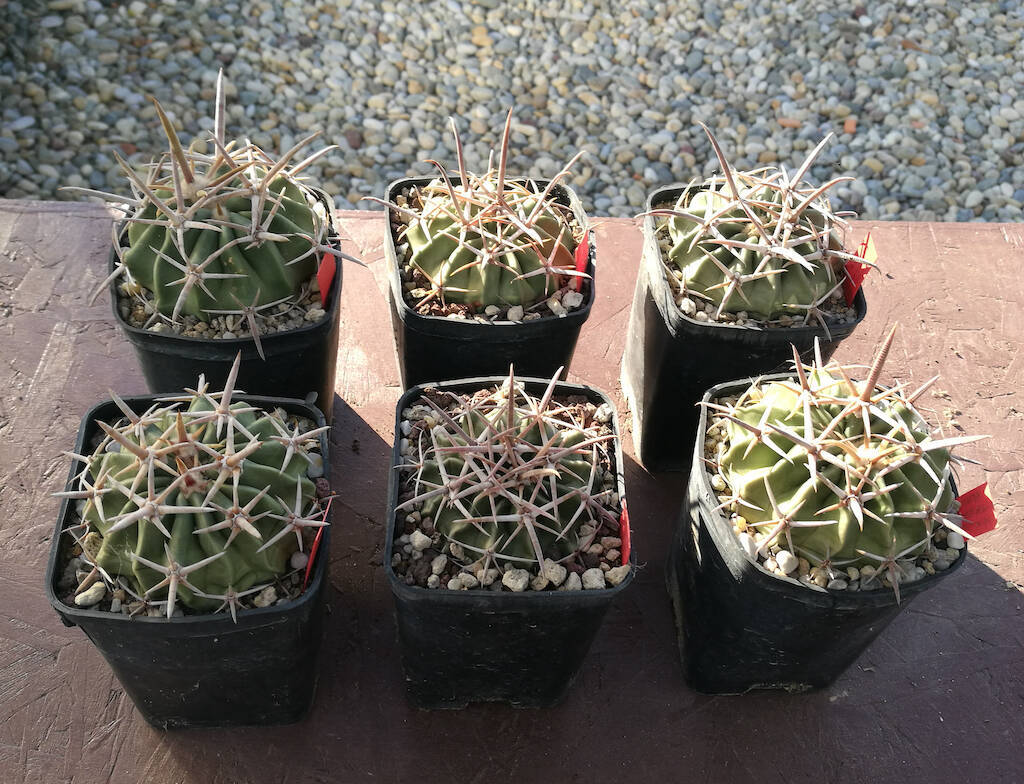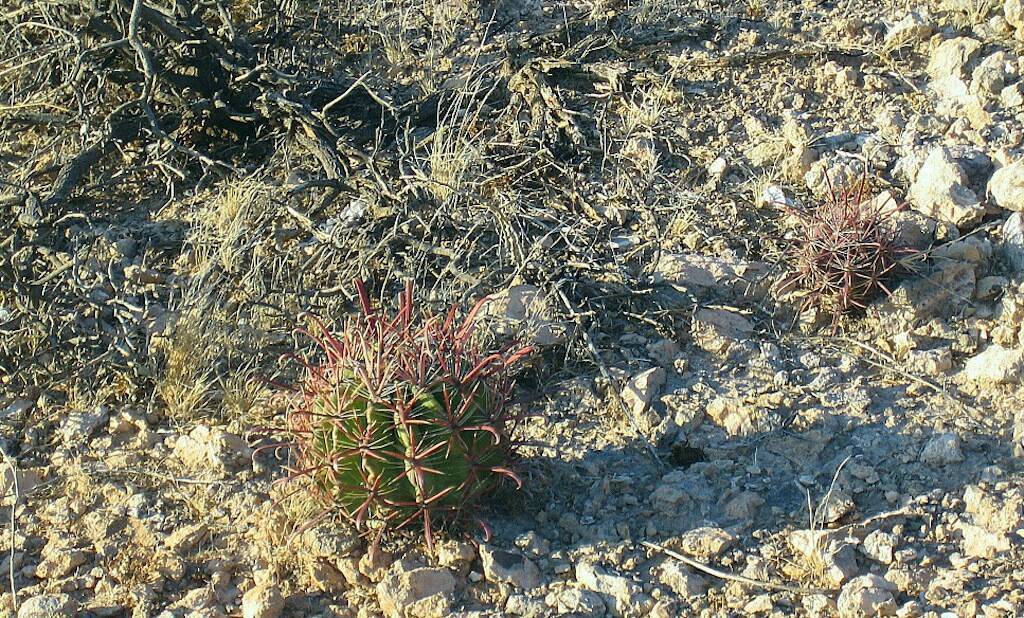To those wondering to what extent the substrate affects the growth of cacti; for those wondering if natural gypsum (also called agricultural gypsum) can be useful in the formation of robust thorns, this article will certainly be useful. Article which is nothing but the update of a small experiment – one of the many I do with my plants – which I started in July 2020 and which gave surprising results, amazing me first. Yes, because although the test sample is limited (six plants in all) and the results are therefore to be considered indicative and far from absolute, I must confess that I did not expect such a response just over two and a half years after the start of this test. It is known that substrates can literally make the difference in the growth of cacti and that natural gypsum (at least with some species of cacti) is an exceptional element, but it is with direct evidence, with the experimental method that we can really appreciate the impact of the soil in the growth of our succulents.
In this article, therefore, we go into the details of the experiment and see, after more than two and a half years, the results I obtained, which in my opinion are remarkable. (…)
Per proseguire nella lettura dell'articolo Accedi o Abbonati
To continue reading the article LogIn or Subscribe




